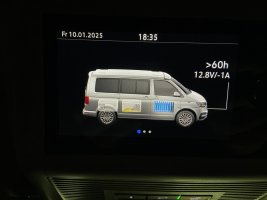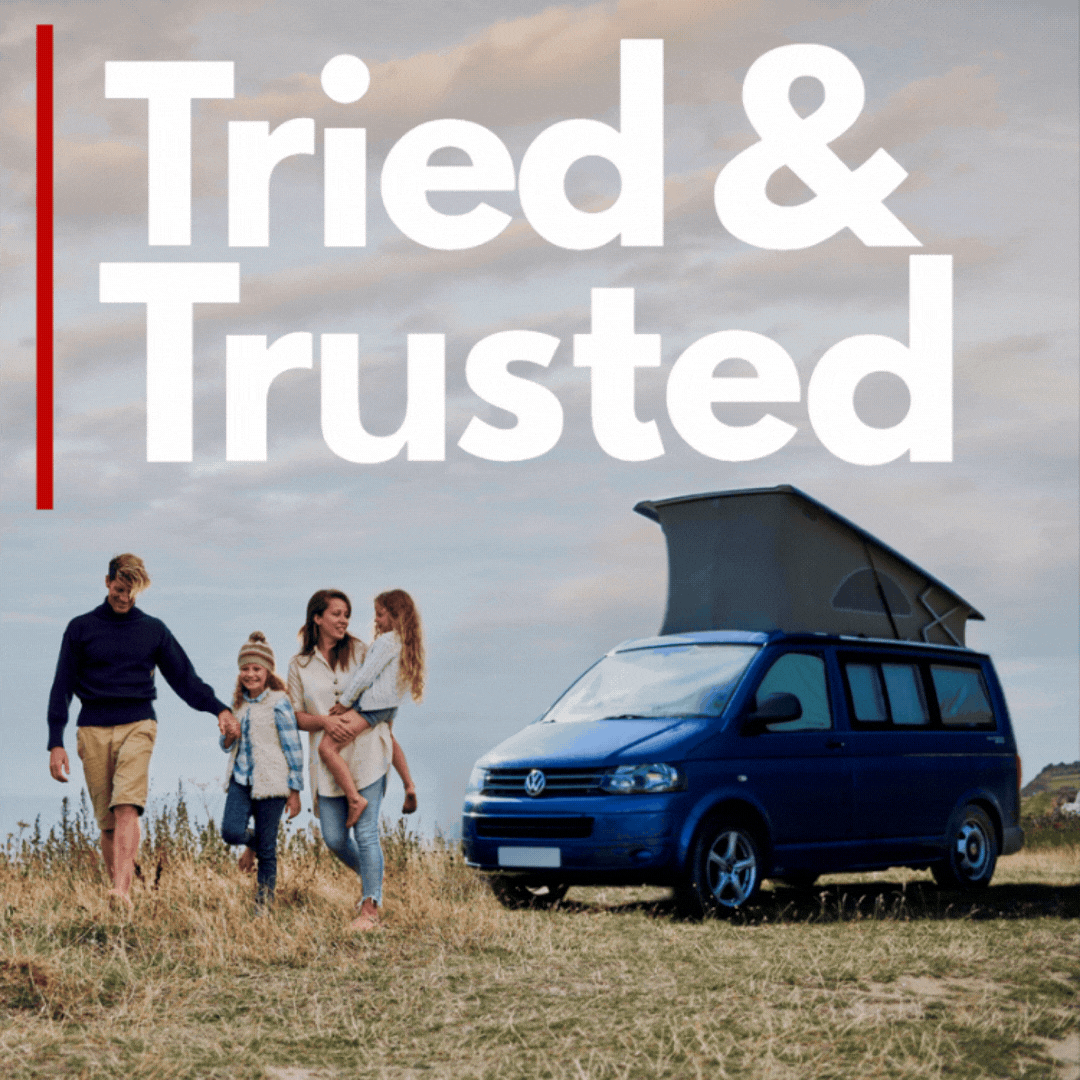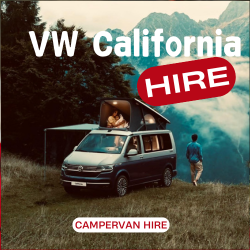Air conditioning doesn't really add that much to the fuel consumption too.
The 5-cylinder engine will need one more cylinder to be fed, alongside the lack of turbo to accelerate the van, meaning it needs more fuel to get to the same performance.
And if my batteries are full, the alternator will still turn, but will not make the engine use (much) more fuel, because it doesn't have to work either.
If I drive with full batteries, the display shows 0.XA fed into the leisure batteries.
But on the other hand, on paper, the van should use 7,7 liter/100km mixed driving. I get below that: 7,67.
And on longer trips, I can get as low as 5,5 liter/100km. So I think the fuel economy is quite good for my van. And I don't have to bother with AdBlue too. And 1 starter battery every 14 years isn't that much of a hassle too. Where you save here, you can spend more there. Doesn't make that much of a difference.
















